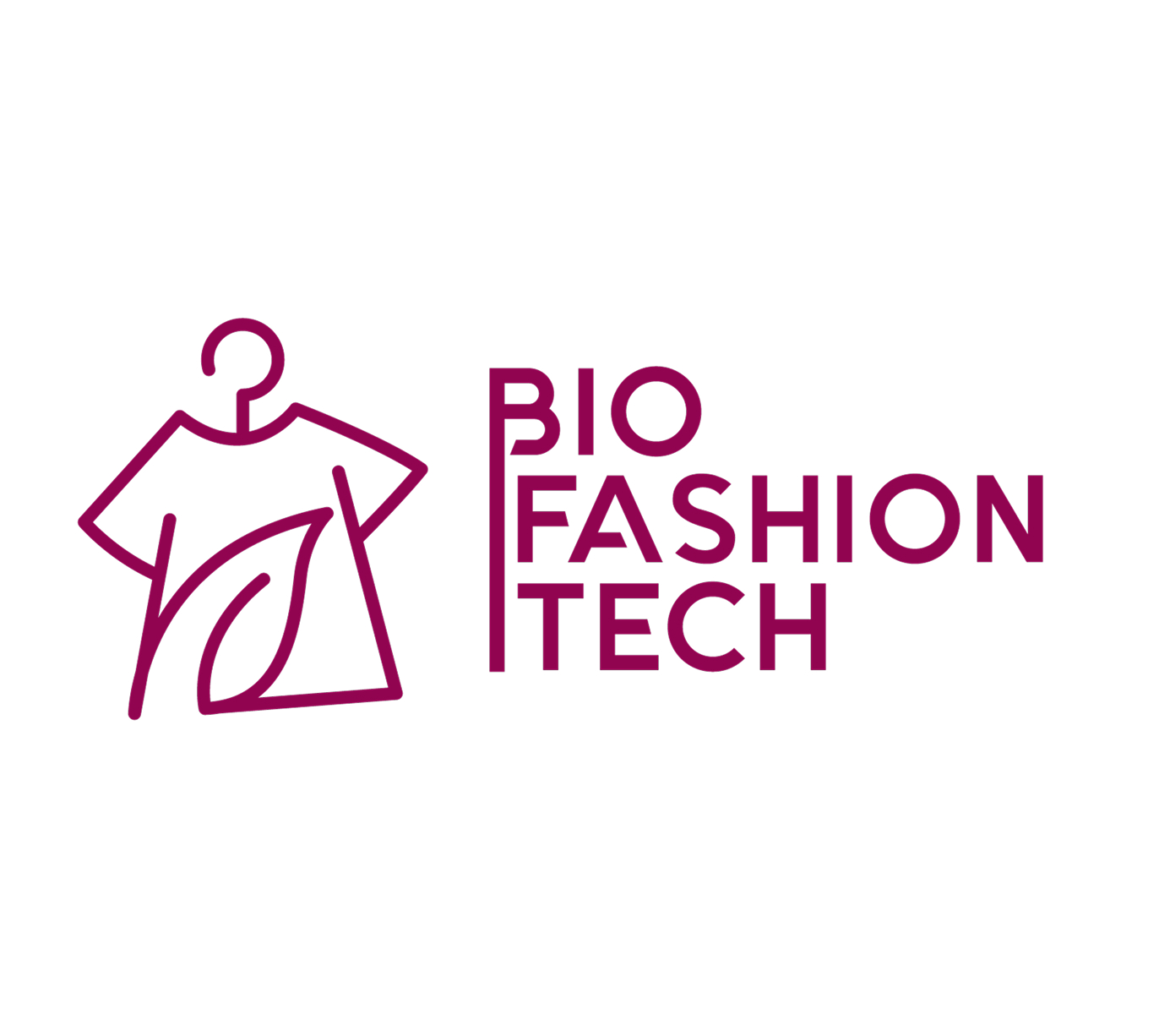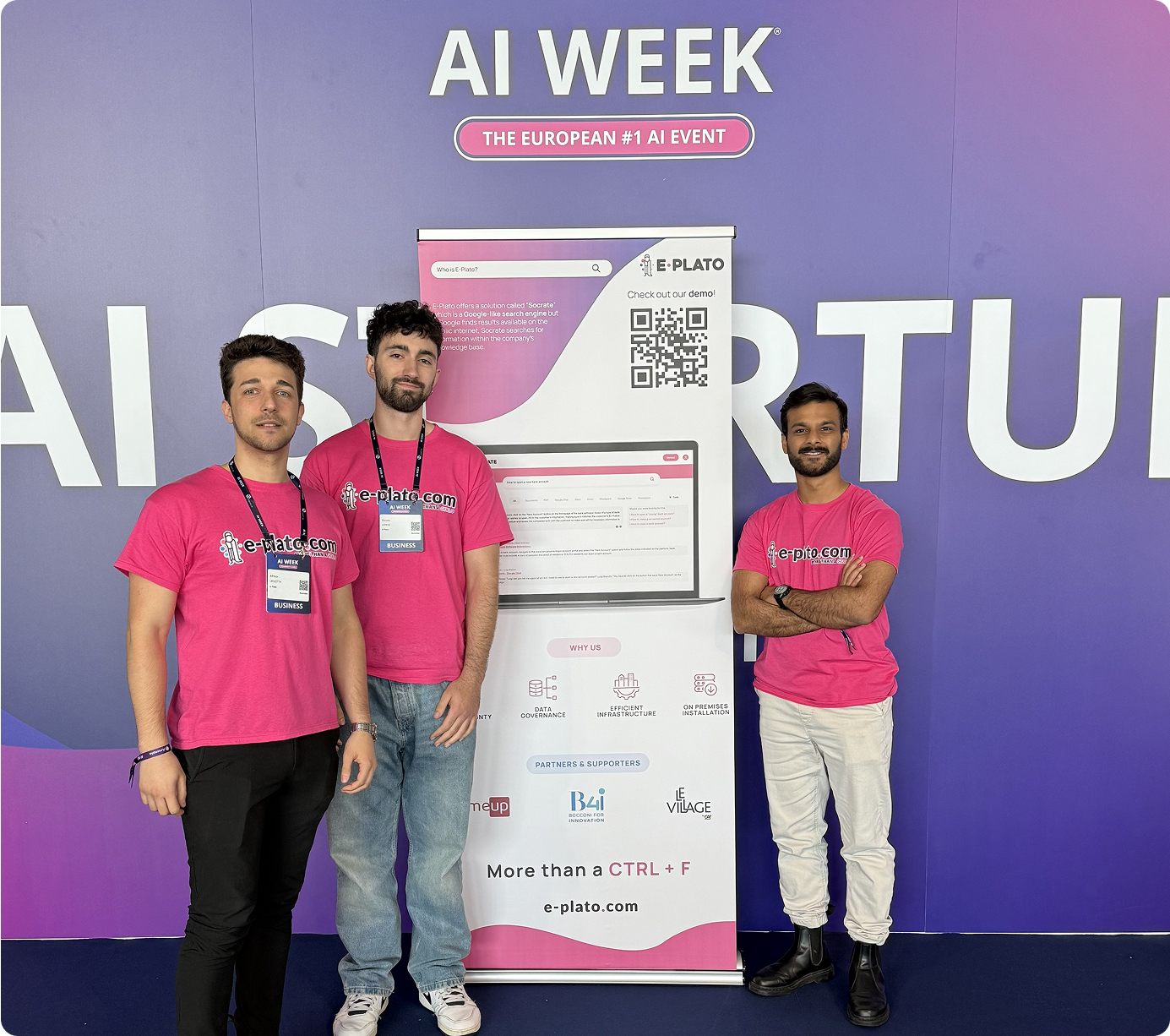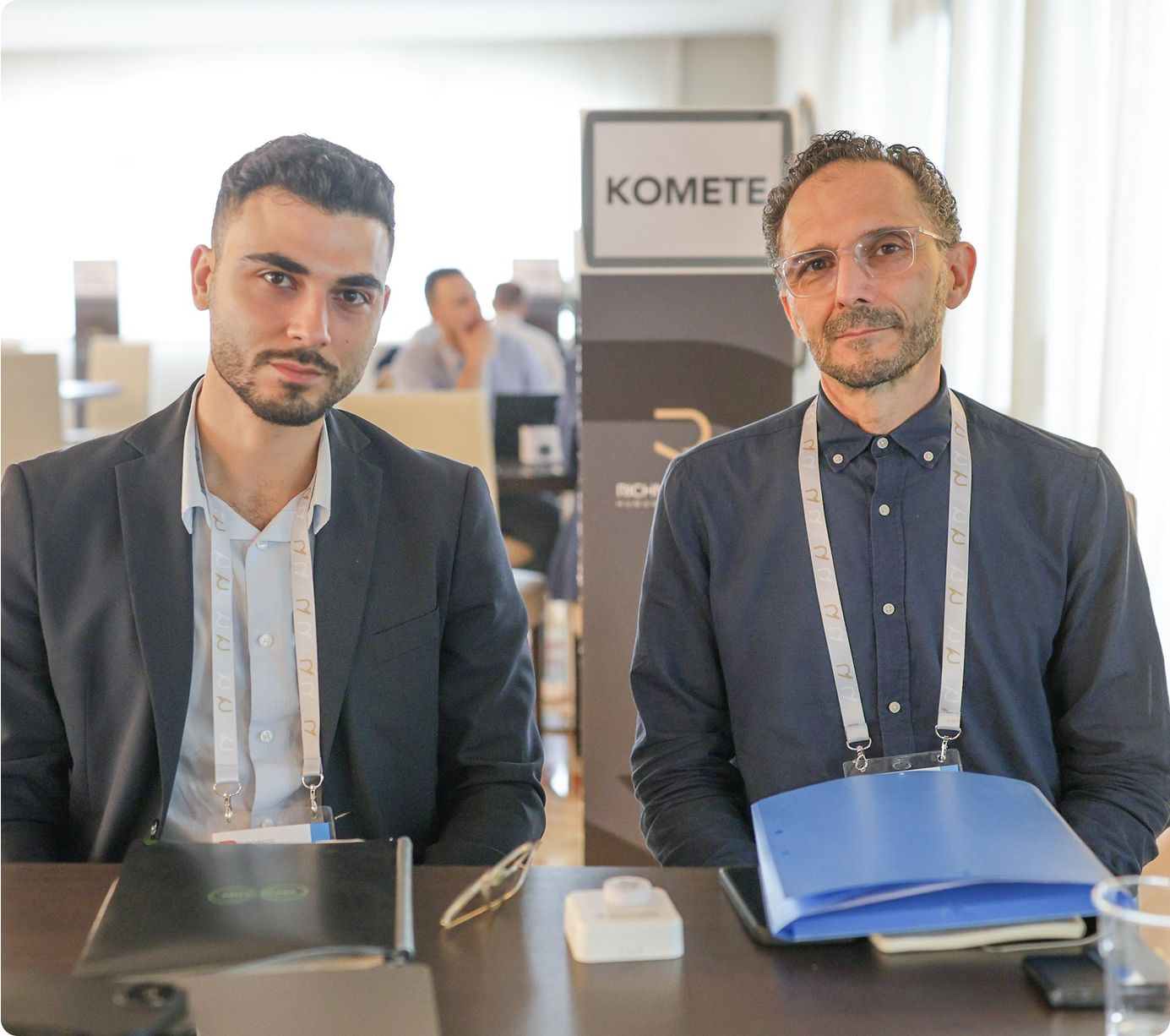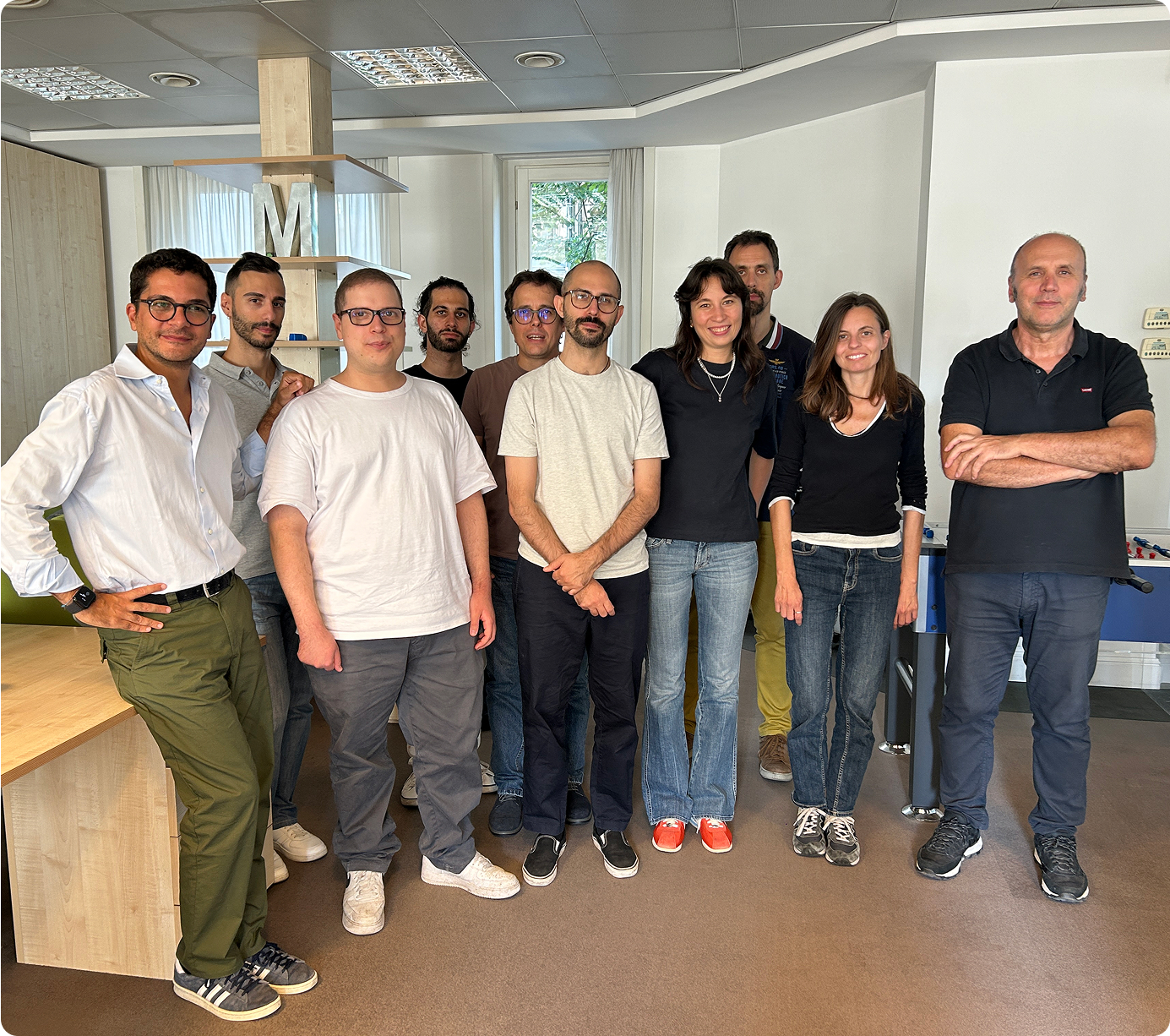Cross-sector alliances between organizations and innovative startups, digital transition while preserving tradition and identity, interconnected supply chains, and advanced strategies. All this and much more is Texploration, a national and international open innovation project promoted and launched by MagnoLab, a network of companies driving innovation in the textile supply chain, and realized by dpixel, the Fintech District division that supports startup growth and business innovation through open innovation projects. This new multimedia longform dedicated to the evolution of the Biella textile district – and, fundamentally, to emerging business networks – traces the journey from industrial monocultures to rebirth through innovation and collaboration. It’s also a geographical journey: from Eindhoven to Biella, telling the story of how territories reinvent themselves by weaving tradition and the future together. Enjoy the read!
***
Eindhoven was Philips, and Philips was Eindhoven. The inseparable link between one of the world’s major appliance factories and the Dutch city began in the early 1900s, precisely in 1891, when the then-bulb factory expanded enough to transform Eindhoven from a small agricultural village in southern Netherlands into a national industrial hub. By 1910, Philips had already become the Netherlands’ largest company in size, importance, and workforce, employing over 2,000 people. The city’s urban planning revolved around the factories: since the Catholic-led municipality was neither willing nor able to support the Protestant-liberal Philips family, the company built housing, schools, shops, sports and recreational facilities (including a theater and cinema), developed green spaces, provided medical services, and founded sports clubs.
This intertwining of industry and urban space can be paralleled with “Needle, Thread, and Knot”, the monumental work by Claes Oldenburg and Coosje van Bruggen, created in 1999 for the renovation of Milan’s Cadorna railway station. The giant needle piercing the ground and reconnecting with the colorful knot symbolizes Milanese manufacturing tradition while projecting it internationally. Just as Philips stitched together factory and community in Eindhoven, defining the city’s identity, in Milan the needle and thread weave past and future, showing how territories can rewrite their identity through shared signs uniting labor, culture, and global innovation.
After World War II, Philips employed over 400,000 workers, and Eindhoven became a global innovation hub. Key inventions in Eindhoven included the music cassette (1963), portable radio (1966), videocassette (1972), and the compact disc (1982, with Sony).
However, as in all tales, initial harmony was followed by a disruption: globalization in the 1970s and ’80s and technological competition from Asia weakened Dutch electronics, and Philips began rationalizing production and relocating factories. In 1990, the company posted a $2 billion loss, and in October, new CEO Jan Timmer launched Operation Centurion: 50,000 layoffs. The definitive blow came in 2001 with the headquarters’ move to Amsterdam. Eindhoven suffered an employment and identity collapse, transforming from an industrial locomotive into a ghost town with vast abandoned industrial spaces.
There was only one way to recover: maintain the city’s innovative and industrious identity while charting a new path. This led to a collaborative university-government-private sector model, what sociologist Henry Etzkowitz would later call the “triple helix” at the turn of the millennium. In 2005, Brainport Eindhoven was established: a consortium of universities, companies, public entities, and startups. This interdisciplinary collaboration attracted talent, financial resources, and advanced technologies, generating a virtuous cycle that created numerous high-tech spin-offs and startups. Today, Eindhoven accounts for 40% of Dutch patents, consolidating its role as one of Europe’s most prolific and influential innovation hubs.
Some 700 kilometers away lies another, much smaller center that managed to reinvent itself while staying true to its industrial tradition. If Eindhoven pioneered a virtuous model, Biella has followed this path, setting a national example: over the past two centuries, Biella has been the “Manchester of Italy”, based almost exclusively on the wool district, just as Eindhoven grew around Philips. Biella’s industrial history stretches from the Middle Ages through the 19th and 20th centuries. During the postwar economic boom, Biella exported high-end luxury fabrics worldwide, consolidating a fully vertical supply chain from shearing to weaving and finishing. In the 1980s and ’90s, Asian competition, delocalization, and fast fashion struck the Biella district hard. Many historic mills closed, young people migrated to Turin and Milan, and Biella faced an identity and economic crisis that has reversed over the past 20 years.
Biella initiated industrial regeneration, focusing on sustainability, digitalization, and advanced manufacturing. Former factories like Lanificio Maurizio Sella became innovation incubators (Sellalab, Michelangelo Pistoletto’s Cittadellarte), and new initiatives such as MagnoLab, an advanced research and manufacturing hub, emerged.
MagnoLab was founded by six Biella entrepreneurs who, after visiting Silicon Valley, Sweden, and Israel, realized Italy lacked a center capable of translating textile research into industrial applications. “We didn’t want to create a simple research lab, but a place where technology could move from experimental to industrial prototyping,” says Marco Vesipa, project manager at MagnoLab.







